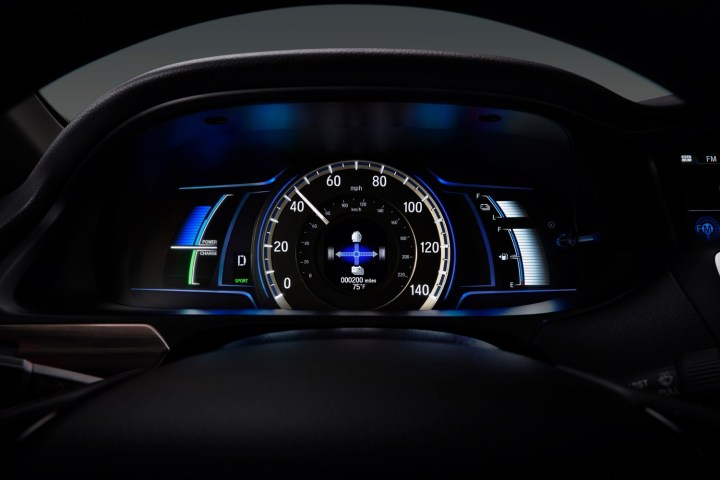
Honda is about to open a research laboratory concentrating on AI, while SoftBank’s robotics division Cocoro will help Honda give its software some personality, and infuse it with the ability to empathize and form friendships. If that sounds familiar, it’s because that’s an evolution of Pepper’s party trick of reading human emotions.
While a physical robot may not be Honda’s plan for your companion inside the self-driving model of the future, it may be something like KITT from the classic 80s television show Knight Rider. The two companies will collaborate on software and hardware, using sensors and cameras to understand situations and surroundings, while the software chats and interacts with the driver. The emotive and natural conversations that Pepper is capable of holding give us a glimpse of what the future may hold for self-driving cars.
SoftBank co-founder Masayoshi Son told people at a Tokyo event to imagine how it would be if, “robots devoted themselves to humans,” and continued, “Imagine that cars themselves became supercomputers or robots one day. Honda will be the first to adopt this technology.”
Just as we’re beginning to get used to voice control through software like Siri, and hardware like Amazon’s Alexa; asking a car to perform certain functions, or assess situations, makes sense in an autonomous car. If we’ve no real need to control the vehicle, why would we want to start messing around with the stereo, air-conditioning, or GPS instead? Much easier to ask a friendly robot to help out. It’s also technology that would benefit drivers today, ensuring we keep our eyes on the road and hands on the wheel. We’ve already seen examples too, such as the IBM Watson-powered Olli vehicle.
SoftBank and Honda’s partnership announcement comes soon after ARM Holdings was acquired by SoftBank in a mega $32 billion deal. ARM Holdings is best known for its chip technology, and is heavily involved with the Internet of Things, of which connected and autonomous cars plays a big part.
Editors' Recommendations
- Are we about to see ‘the iPhone of artificial intelligence’?
- The future of transportation: Self-driving cars? Try self-driving everything
- SoftBank enters the cafe business with new robot-filled Pepper Parlor
- Google’s DeepMind is training Waymo’s self-driving cars like StarCraft II bots
- Subaru and Mazda join Toyota’s self-driving car development venture




